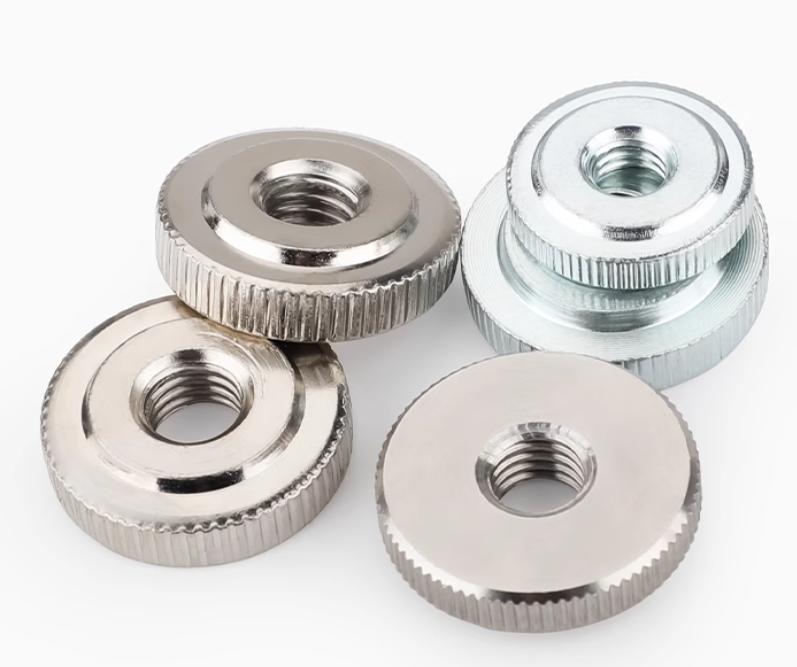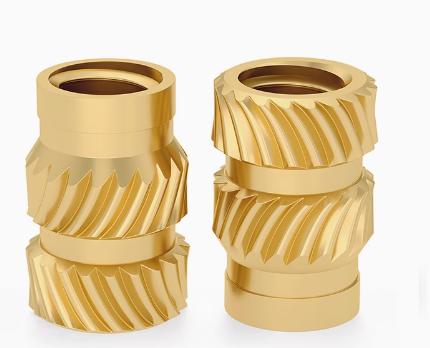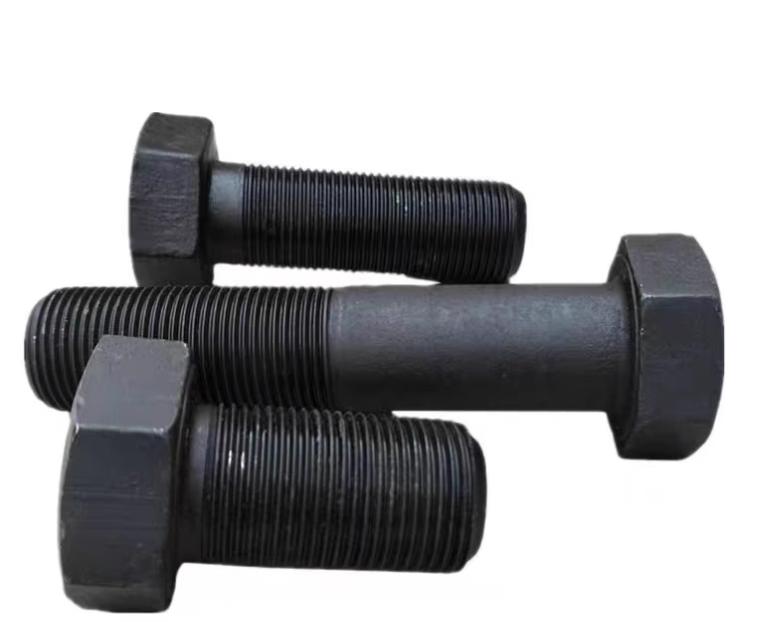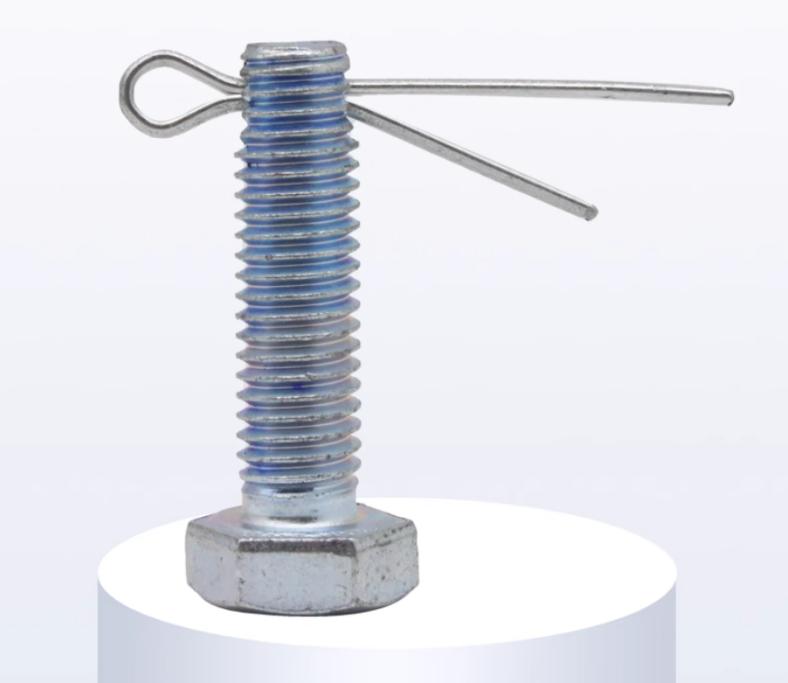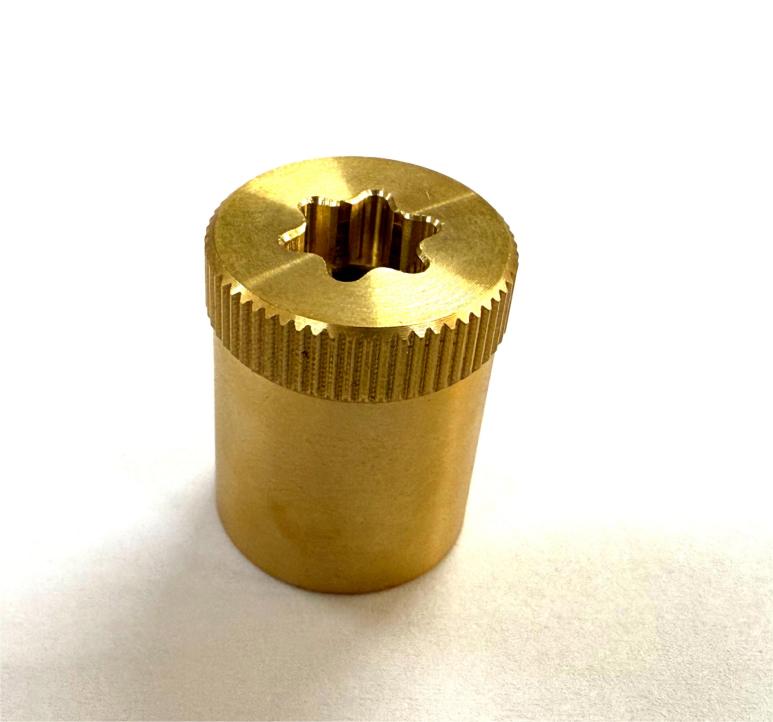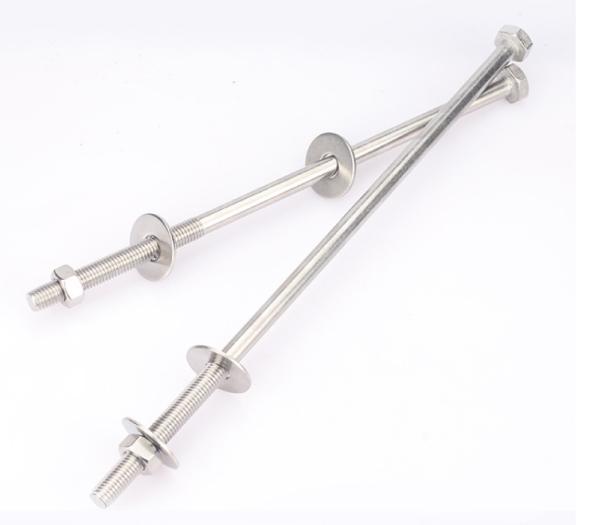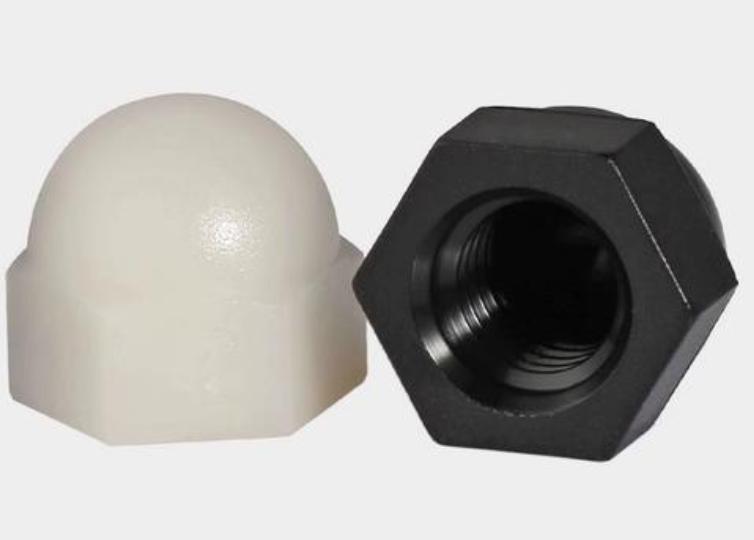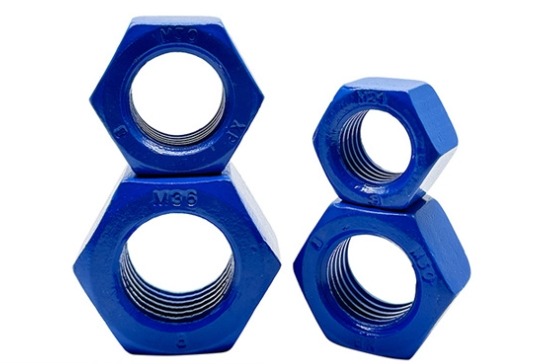Automotive Bolts and Nuts: Choosing the Right Fastener for a Safe and Reliable Ride
Every car is held together by a network of unsung heroes: bolts and nuts. These seemingly simple components play a crucial role in ensuring the safety and performance of your vehicle. But with a vast array of materials, sizes, threads, and torque specifications, choosing the right automotive bolts and nuts can be a daunting task. This guide will equip you with the knowledge you need to navigate this world and select the optimal fasteners for your automotive needs.
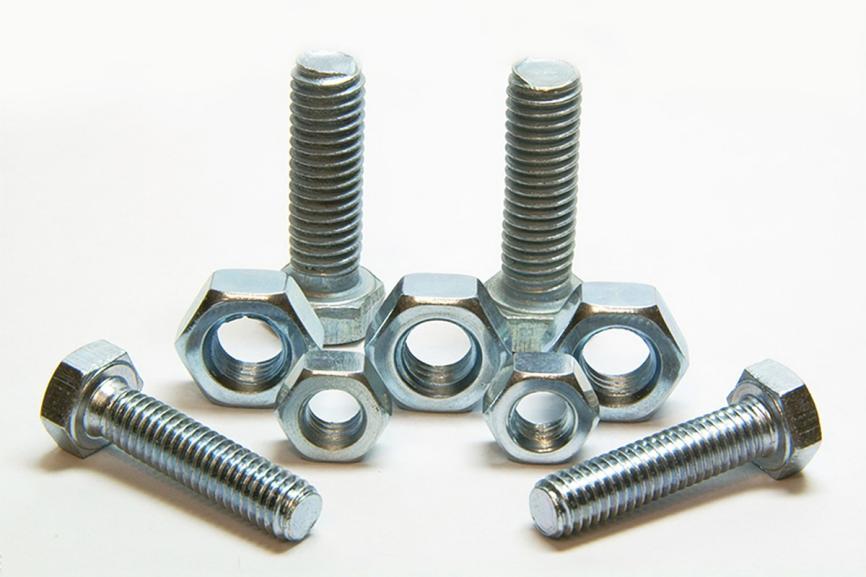
Material Matters: Selecting the Right Bolt and Nut Material
The material from which a bolt and nut are manufactured significantly impacts their performance and suitability for a particular application. Let’s explore the common materials used in automotive fasteners and understand how to choose the right material for the job.
A. Common Materials Used in Automotive Fasteners
1. Steel: The Workhorse Option
Steel is the most widely used material for automotive bolts and nuts due to its excellent combination of strength, affordability, and machinability. The specific type of steel used can vary, with high-carbon steel offering superior strength for critical applications like engine components. However, increased strength often comes at the cost of higher susceptibility to rust.
2. Stainless Steel: Corrosion Resistance for Demanding Applications
When corrosion resistance is paramount, stainless steel becomes the preferred choice. This material offers superior resistance to rust and other forms of corrosion, making it ideal for applications exposed to the elements or harsh chemicals. For example, stainless steel fasteners are commonly used in underbody components, exhaust systems, and exterior body panels near the wheels. While possessing good strength, stainless steel typically comes at a higher cost compared to regular steel and may not be the strongest option for all applications.
3. Aluminum: Lightweight Choice for Specific Uses
Aluminum bolts and nuts offer a significant weight advantage over steel counterparts. This weight reduction can be beneficial in performance-oriented applications where minimizing unsprung weight is crucial. However, aluminum’s strength is generally lower than steel, making it unsuitable for high-stress applications. Aluminum fasteners are commonly found in certain engine components and suspension parts where weight savings are a priority, but the stress placed on the fasteners is moderate.
B. Understanding Bolt and Nut Strength Ratings
When choosing a bolt or nut, it’s essential to consider its strength rating. This rating indicates the maximum amount of force the fastener can withstand before failure. Understanding these ratings helps ensure you select a fastener strong enough for the intended application.
There are two main marking systems for bolt strength ratings in the United States: SAE (Society of Automotive Engineers) grade and ASTM (American Society for Testing and Materials) grade. These markings are typically stamped on the head of the bolt.
1. Decoding Strength Grade Markings
- SAE Grade: This system uses a single number (e.g., SAE 2, SAE 8) to denote the strength of the bolt. Higher numbers indicate greater strength.
- ASTM Grade: This system employs a combination of letters and numbers (e.g., ASTM A307-B, ASTM A490M) to specify the material properties and strength level. Consulting a reference chart specific to the ASTM grade marking is necessary to determine the exact strength rating.
It’s important to note that nut strength ratings typically correspond to the strength rating of the bolt they are designed to be used with. Always refer to your vehicle’s service manual or a reliable online resource for the recommended strength rating of the specific fastener you are replacing.
2. Choosing the Right Strength for the Job
Using a bolt or nut with insufficient strength can lead to serious consequences, such as component failure and potential safety hazards. Conversely, using an excessively strong fastener is generally not a safety concern, but it can be unnecessarily expensive. Therefore, selecting the appropriate strength rating is vital.
Refer to your car’s service manual or a reputable online resource to determine the recommended strength rating for the specific bolt or nut you are replacing. Never substitute a lower-rated fastener for the one recommended by the manufacturer.
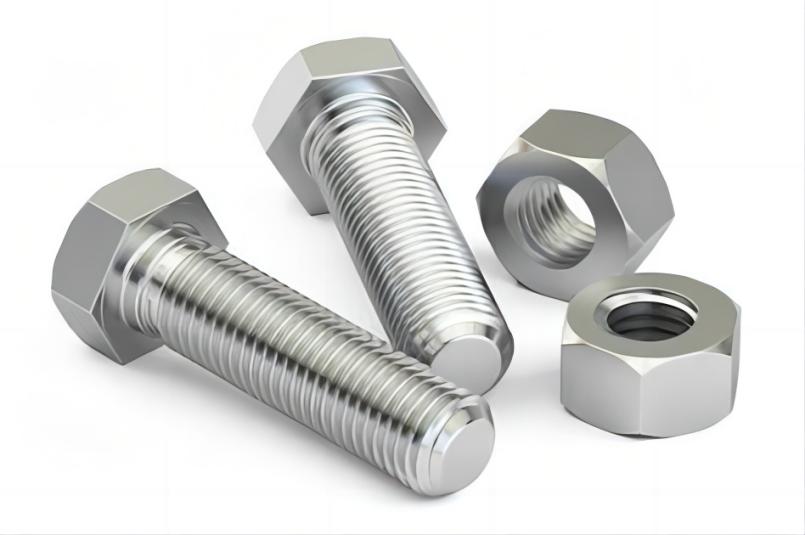
Size and Thread: Getting the Perfect Fit
Just like Cinderella’s glass slipper, bolts and nuts need a perfect fit to function correctly. Here’s a look at understanding size and thread compatibility:
A. Identifying Bolt and Nut Size
1. Understanding Bolt Diameter and Length: Bolt size is defined by two key measurements: diameter and length. The diameter, typically referred to in millimeters (mm) or inches (in), indicates the thickness of the bolt shank. The length refers to the total length of the bolt from the underside of the head to the tip.
2. Decoding Nut Size Markings: Nuts are typically sized based on their inner diameter, which should exactly match the bolt diameter for proper fit. Nut sizes are denoted by various systems, including metric thread size (e.g., M10 for a 10mm diameter nut) or SAE wrench size (e.t., 13/16 in).
B. Thread Matters: Compatibility and Performance
Threads are the helical ridges on the bolt and nut that allow for screwing them together. Thread compatibility is essential for a secure and functional connection. Here’s a deeper dive into understanding threads:
1. Thread Pitch and Types: Thread pitch refers to the distance between two adjacent threads on the fastener. A finer thread pitch (more threads per inch or millimeter) translates to a tighter fit and increased resistance to loosening due to vibration. Conversely, a coarser thread pitch allows for faster assembly and disassembly. There are also different thread types, such as coarse thread (UNC/UNF) and fine thread (UNF), which offer variations in thread angle and strength characteristics.
2. Choosing the Correct Thread Pattern: Selecting the correct thread pattern ensures proper engagement between the bolt and nut. The most common thread types in automotive applications are:
- Coarse Thread (UNC/UNF): This is the most widely used thread type, offering a good balance of strength and ease of assembly/disassembly. UNC (Unified Coarse Thread) is used in inch measurements, while UNF (Unified Fine Thread) is used for finer threads within the inch system.
- Fine Thread (UNF): As mentioned earlier, fine thread offers a tighter fit and better resistance to vibration. It’s often used in applications where high vibration is expected, such as engine components.
- Metric Thread (M): Metric threads are widely used in European and Asian vehicles. They are identified by the letter “M” followed by a number denoting the nominal diameter in millimeters.
When choosing bolts and nuts, ensure the thread pitch and type (UNC/UNF, UNF, or Metric) are compatible between the bolt and the nut. Mismatched threads will prevent proper engagement and could lead to a loose or weak connection.
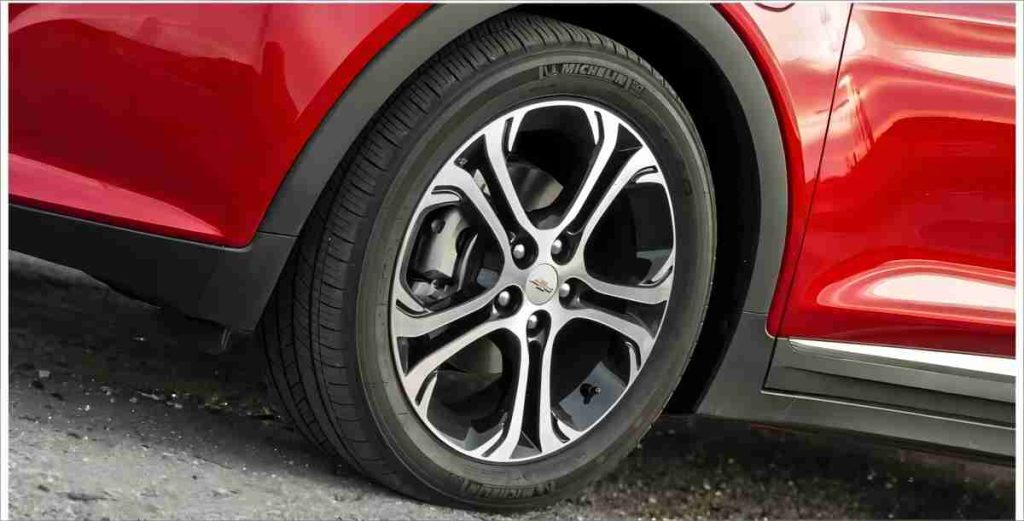
Torque it Right: Ensuring Proper Tightness
Once you’ve selected the right bolt or nut material, size, and thread, proper tightening is essential. This is where torque specifications come into play.
A. What is Torque Specification?
Torque specification refers to the recommended amount of force (measured in pound-feet [lb-ft] or newton-meters [Nm]) required to tighten a bolt or nut to achieve a secure and functional connection without damaging the threads or the components being fastened.
B. Finding Torque Specifications for Your Vehicle
It’s crucial to follow the manufacturer’s recommended torque specifications for each bolt and nut in your car. Here’s how to find them:
1. Owner’s Manual as the Primary Source: The owner’s manual for your specific car model is the most reliable source for torque specifications. It will typically have a section dedicated to maintenance and repair procedures, which may include torque specifications for various fasteners.
2. Online Resources and Repair Guides: While not a substitute for the owner’s manual, online resources and repair guides can be helpful supplements. However, it’s essential to ensure the information you find online is specific to your car’s make, model, and year. Verify the source’s credibility before relying on online torque specifications.
C. Importance of Using a Torque Wrench:
A torque wrench is a specialized tool that allows you to apply a precise amount of torque to a fastener. Using a torque wrench is highly recommended for tightening critical components in your car. It ensures you don’t under-tighten or over-tighten the bolts and nuts, preventing potential damage or safety hazards.
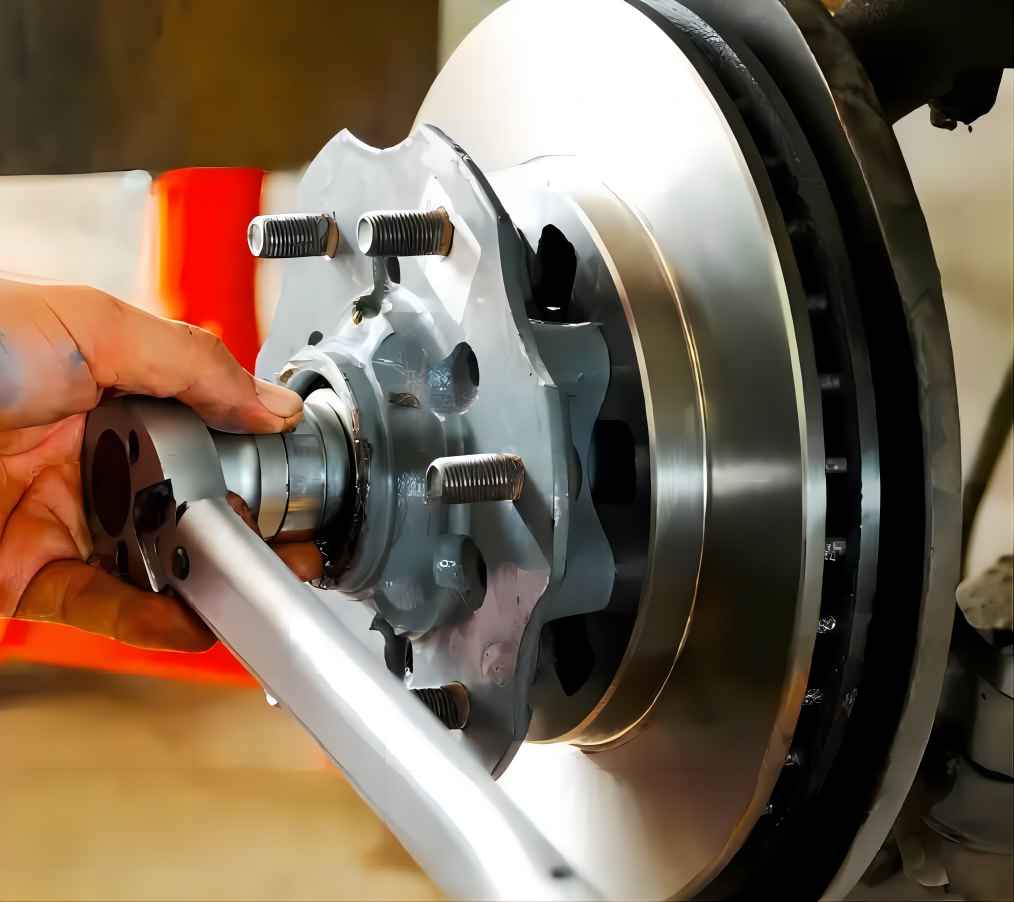
In conclusion, selecting the right bolts and nuts for your car is essential for safety and performance. This guide explored key factors like material (steel, stainless steel, aluminum), strength ratings, size (diameter and thread compatibility), and torque specifications. By understanding these aspects and using reliable sources for torque values (owner’s manual or verified online guides), you can choose the appropriate fasteners for each application. Remember, high-quality fasteners and a trusty torque wrench are your allies in ensuring a secure and reliable ride.

